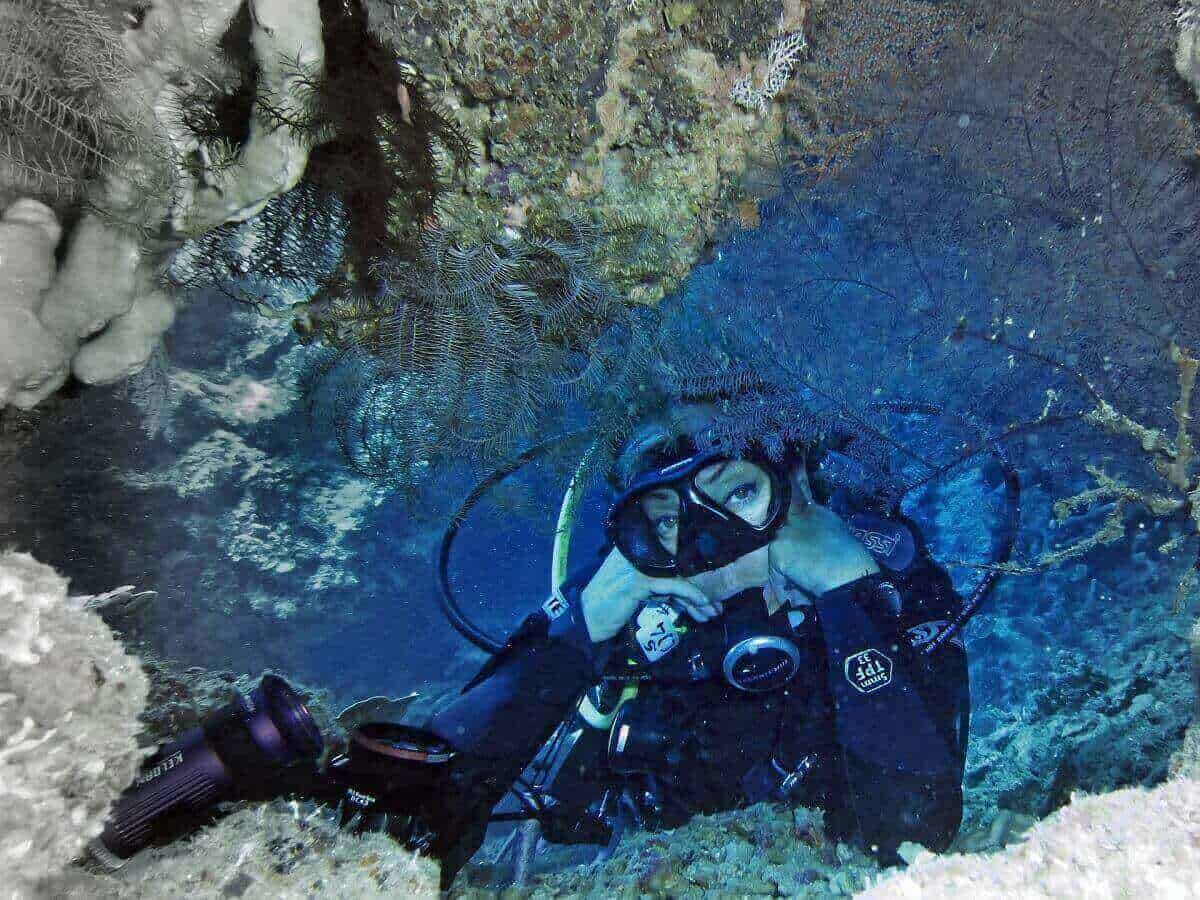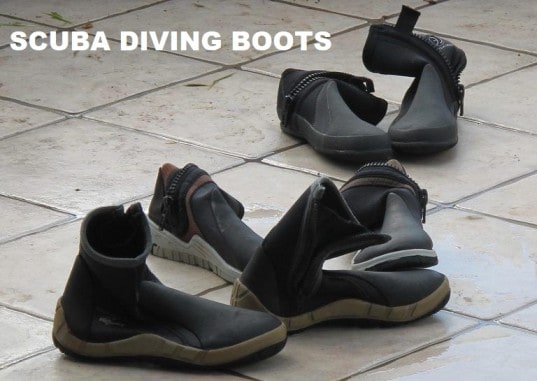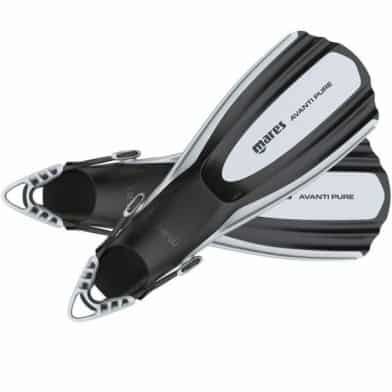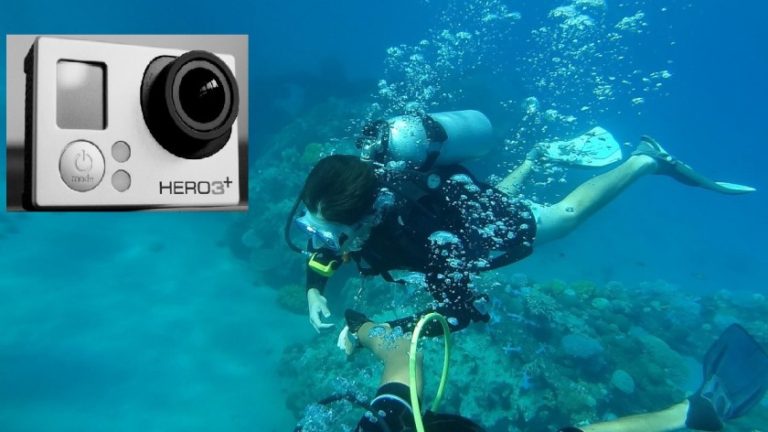Does a Diving Suit Keep You Warm
Water draws heat away from the body 25x faster than any other medium. Staying warm while diving or while partaking in water sports is important to prevent hypothermia. As a beginner or non-diver, you may wonder does a diving suit keep you warm.
Yes, diving suits are designed to keep divers warm by trapping heat in the tiny bubbles found on the neoprene material. This trapped heat and the heat generated from the body keep divers warm. Neoprene is an excellent insulator preventing heat loss while diving.
Drysuits mostly used when diving in cold water and in extremely cold environments, keep divers warm by trapping air in the waterproof suit. The suits have high-quality seals around the neck, wrists, ankles, and zippers preventing any water from seeping in.
Some drysuits come as a full set of gear including a hoodie, gloves, and booties. This keeps the diver warm and dry by preventing any water contact. Air acts as an insulator and draws heat away from the body at a much slower at compared to water.
In this article, we’ll dive deeper into how scuba diving suits keep divers warm and also look into other ways that divers can keep warm.
Let’s get into it!
How Do Scuba Divers Stay Warm?
As mentioned earlier, neoprene material used to make scuba diving suits play a huge role in keeping divers warm.
Contrary to popular belief that diving suits keep you warm by trapping a thin layer of water, scuba suits keep divers warm by trapping heat in the tiny bubbles on the material.
Once the heat is trapped it remains there keeping you warm since neoprene is a good insulator. In addition, your body also releases heat that helps keep you warm.
When diving into extremely cold water or taking multiple long or deep dives, it’s advisable to wear dry suits instead of wetsuits as these do a better job of keeping you warm.
The neoprene wetsuit or drysuit is only one aspect of how divers keep warm.

Other important factors to consider include;
- Picking the right wetsuit
- Wearing hoodies, gloves, and booties
- Flush warm water down the wetsuit before diving
- Eat before diving
- Stay warm before the dive
- Dive in shallow waters
- Staying physically fit
Pick the right wetsuit
Always pick a suit that has a snug fit as it will help keep you warm. Loose wetsuits can leave you feeling very cold since they let water through drawing heat from your body.
Full wetsuits are a better option if you tend to get cold very often as compared to the shorties.
Wetsuits come in different thicknesses from 2 mm and above. Thicker wetsuits will keep you warmer for longer periods compared to thinner wetsuits.
READ MORE: Why are Wetsuits Black?
Wear hoodies, booties, and gloves
These accessories go a long way in keeping a diver warm by reducing direct water contact.
Flush warm water into the wetsuit
Another common way to keep warm when diving is by flushing warm water down the wetsuit before diving.
This introduces a warm thin layer of water between the body and wetsuit. Meaning your body doesn’t have to spend any energy warming a cold layer of water once you get in.
Eat before diving
Eating a balanced meal at least 2 hours before diving is a great way to keep the body warm.
The body generates heat and energy from inside. A good meal with all the macronutrients will not only provide you with energy for the dive but also help your body stay warm. (Read more on what to eat before scuba diving)

Wear warm clothes before the dive
Sometimes the dive spot is far from the shore. It’s advisable to stay warm before diving. The warmth from the clothes will help keep you warm when it’s time to dive into the cold water.
Physical fitness is important for divers
While this isn’t a short-term way to keep warm, leading a healthy and fit lifestyle helps the body function properly.
When you are physically fit the body can carry out metabolic processes well and generate the required heat and energy.
Dive in shallow waters
Water gets colder the deeper you dive and you can easily get very cold or fall into hypothermia if you are not well prepared.
There is a lot to explore even in shallow waters, stay in shallow water unless fully prepared for a deep dive.
How Long Does It Take For a Wetsuit to Warm Up
A wetsuit can take 2 – 5 minutes to warm up depending on the weather, movement, or the individual.
On a sunny day, a wetsuit will warm up pretty fast. Most wetsuits are black a color known to absorb heat very fast. Therefore when diving in tropical regions you may notice you start sweating as soon as you put on the wetsuit since it gets warm very fast. While in colder regions it could take longer for a wetsuit to warm up.
If the diver is moving a lot after wearing the wetsuit, then it’s likely to warm up quickly. The heat released from the body due to movement is trapped within the suit.
It’s also important to consider the fact that we all have different metabolic rates. The heat released from our bodies plays an important part in warming up the wetsuit before we get into the water.
A well-fitting wetsuit is closely fitted onto the body and will therefore warm up faster. Always pick the correct size to avoid getting cold.

Do Shorty Wetsuits Keep You Warm
Yes, shorty wetsuits keep you warm by covering the torso and thighs. This may be ideal to stay warm in warm tropical waters but will not keep you warm in very cold water.
Shorty wetsuits are short-sleeved or vest-like around the shoulders and only cover up to the knees just like a short would.
The arms and legs are in contact with water meaning heat is being drawn away from the body at these points.
The body has to release heat rapidly to keep all these parts warm when diving and prevent them from freezing.
I know divers with no problem wearing shorties and never complain of being cold after a dive.
From personal experience, I wouldn’t go for shorties if my body tends to get very cold quickly or when diving in very cold water.
Does Neoprene Keep You Warm
Yes, neoprene material used to make scuba diving wetsuits keeps you warm by trapping heat in the many tiny bubbles on the material. Neoprene is a very good insulator, therefore, keeping a diver’s body warm.
In addition, the black color absorbs maximum heat from the sun further keeping you warm.
As more heat is released from the body, it’s also trapped by the neoprene wetsuit adding to the heat available to keep a diver warm.
Best Wetsuit to Keep You Warm

When shopping for a wetsuit to keep you warm, go for a thicker full-body or long-sleeved wetsuit.
These will keep you warm and comfortable in the water from tropical to cold waters around the globe.
Some of the best options to consider include;
- Seaskin full-body diving suit
- NeoSport Wetsuits Premium Neoprene Full Suit
Both are available in 2 -5 mm thickness, made from neoprene material that will keep you insulated. Both are amazon choice wetsuits with hundreds of reviews from verified owners. In addition, the price range is very affordable and durable meaning you get value for your money.
Final Words
We’ve looked at whether a wetsuit keeps you warm, other ways divers use to stay warm, and also highlighted some options to consider when shopping for a wetsuit to keep you warm.
We’ve also seen that thicker wetsuits will keep you warm for longer periods compared to thinner wetsuits.
While wetsuits do play a huge role in keeping divers warm, the length and period of a dive also determine how warm a diver stays.
When taking long deep dives, a dry suit is a better option compared to a wetsuit.
It’s important to mention that since water draws heat away from the body 25 times faster, hypothermia can still occur to divers wearing the thickest wetsuits. Always pay attention to your body and get out of the water as soon as you sense or feel any sign of hypothermia.





